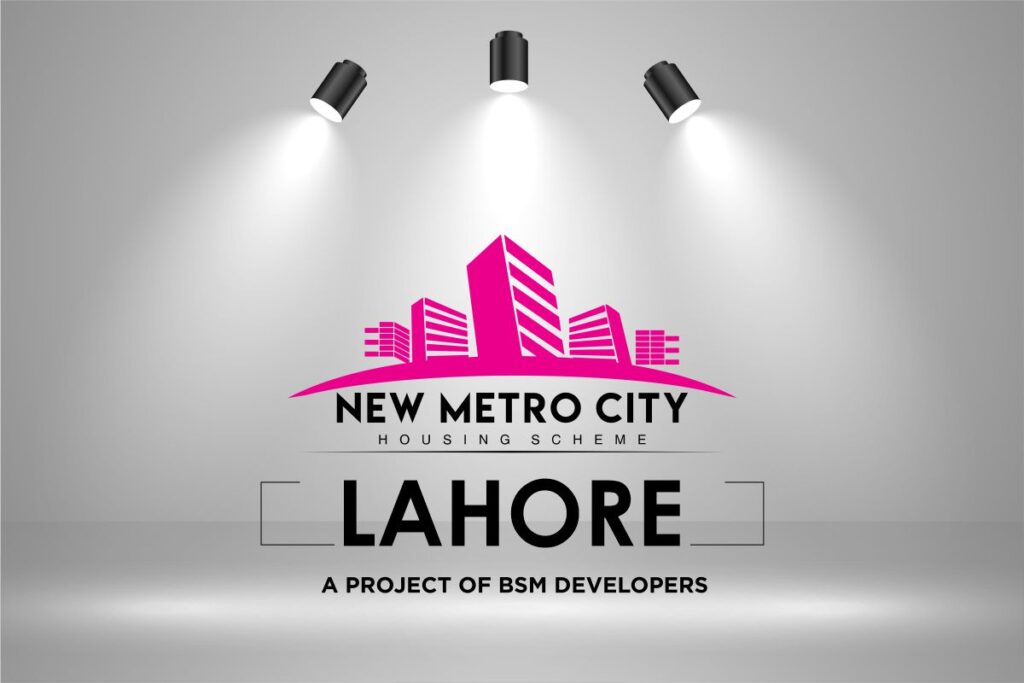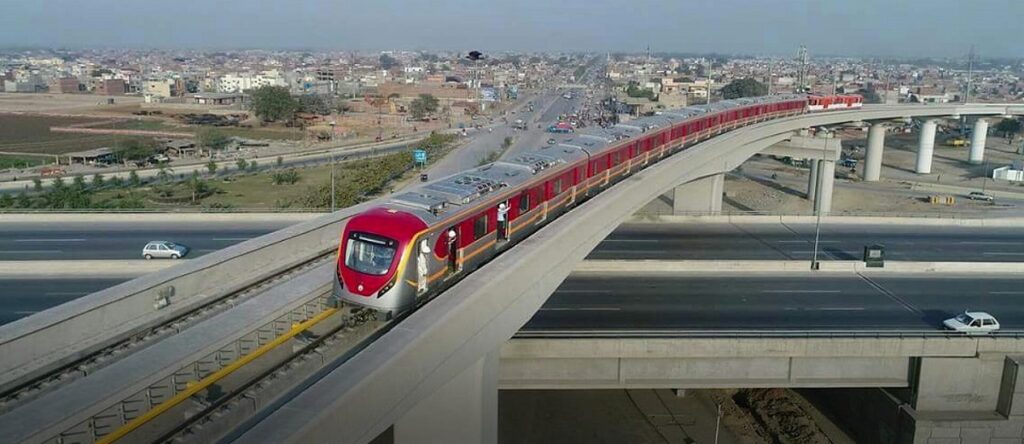Nestled in the cultural fabric of Pakistan lies Lahore, a city that is as historically rich as it is modern. Lahore, often referred to as the ‘Heart of Pakistan,’ is witnessing a transformation that is reshaping its landscape and redefining its role as a metropolitan giant. This transformation is none other than the development of the Lahore Metro city—an urban mobility project that is set to take Lahore to new heights of infrastructural progress.
A Glimpse into Lahore’s Historical Grandeur
Lahore, the capital of Punjab—the largest province in Pakistan—boasts a history that dates back over a millennium. It has been the hub of artistry, literature, and education for centuries. The city’s streets tell tales of the Mughal Empire’s grandiosity, the Sikh Empire’s valor, and the British colonial period’s impact, with structures like the Lahore Fort, Badshahi Mosque, and the Lahore High Court standing as testaments to its storied past.
Visitors are often captivated by the bustling bazaars of the old city, the tranquil gardens such as Shalimar Bagh, and the vivacious cultural events that take place at the Lahore Arts Council. Lahore’s culinary scene is another feather in its cap, as it’s a haven for food lovers, offering everything from sizzling street-side kebabs to high-end continental cuisines.
The Metamorphosis: Launching the Lahore Metro City

As the population grew and urban sprawl extended its reach, the city’s charm faced the challenge of maintaining harmony with the burgeoning demands of mobility and modern infrastructure. The answer to this challenge came in the shape of the Lahore Metro City.
The Lahore Metro City project is a visionary step towards modernizing Lahore while trying to maintain a balance with its ancient roots. It is not just a public transport system but a catalyst for economic growth, environmental sustainability, and urban development.
The Lines That Connect Lives

The Lahore Metro system comprises several lines, with the most notable being the Orange Line Metro Train (OLMT) which became operational in 2020. This line alone stretches over 27 kilometers and boasts 26 stations, facilitating the daily commute for thousands.
It’s not just about connecting points A and B; the Lahore Metro city is about connecting communities, bridging economic divides, and knitting a more cohesive social fabric. The convenience of a reliable, air-conditioned ride has transformed the daily routine of commuters who previously contended with traffic congestion and pollution.
Impact on Urban Mobility and Economy
The most significant impact of the Lahore Metro is perhaps its attempt to redefine urban mobility in a city liable to traffic snarls and delays. By offering an efficient and affordable alternative to traditional modes of travel, Lahore is cutting down on its carbon footprint and making a statement in favor of sustainable living.
From a broader perspective, the Metro city is a boon to the city’s economy. It doesn’t only transport people; it transports opportunities. The connectivity has opened up new avenues for businesses, spurred real estate development around the metro stations, and is expected to boost tourism by providing easy access to historical sites.
Urban Challenges and Criticism
Like any major development, the Lahore Metro city hasn’t been immune to controversy and criticism. Preservationists showed concern over the potential impact on Lahore’s iconic heritage sites, while questions were raised about the displacement of urban communities and the environmental cost of construction.
Efforts have been made to integrate modern construction with cultural preservation, though tensions between progress and conservation remain. The city planners focused on creating a balance by ensuring a safe distance from historical landmarks and incorporating state-of-the-art design elements that reflect Lahore’s traditional aesthetics.
Learn more about the Master Plan of New Metro City Lahore
Embracing Technological Integration
One cannot overlook the technological strides made within the Lahore Metro system. From e-ticketing to real-time tracking, Lahore Metro city is at the forefront of adopting tech solutions to enhance the commuter experience. The system is integrated with smart cards and mobile apps, allowing for a seamless and hassle-free journey for passengers.
Safety and surveillance features have also been given priority, with CCTV cameras and security systems installed throughout the lines to ensure the security of the passengers.
Looking Towards a Progressive Future
As Lahore grapples with population explosion and urbanization, the Lahore Metro City stands as a beacon of progress. There is an ongoing discourse on the expansion of the Metro system to cover more areas, with aims to make it the cornerstone of a city that is increasingly looking to align with global metropolises.
Lahore Metro City is a glimpse into the future of urban transportation in Pakistan, a fusion of the city’s heritage with the demands of its future. It signifies a pivotal shift away from reliance on individual vehicles to a communal transit system that is efficient, ecologically friendly, and conducive to the growth of a bustling metro city.
Conclusion
Steeped in antiquity yet striving towards a high-tech future, Lahore is a city of contrasts, and the New Metro City Lahore serves to embody this duality. It’s a heritage city on a fast track to modernism, aiming not to leave its past behind but to carry it along. While challenges will persist, one thing remains clear: Lahore’s spirit is indomitable. The Lahore Metro City is just one chapter in its long, unfolding story—a story of resilience, growth, and an unyielding drive towards a brighter future for all Lahoris. As the metro trains zip across the tracks, they aren’t just carrying passengers—they are carrying the hopes and dreams of a city that refuses to stand still.
